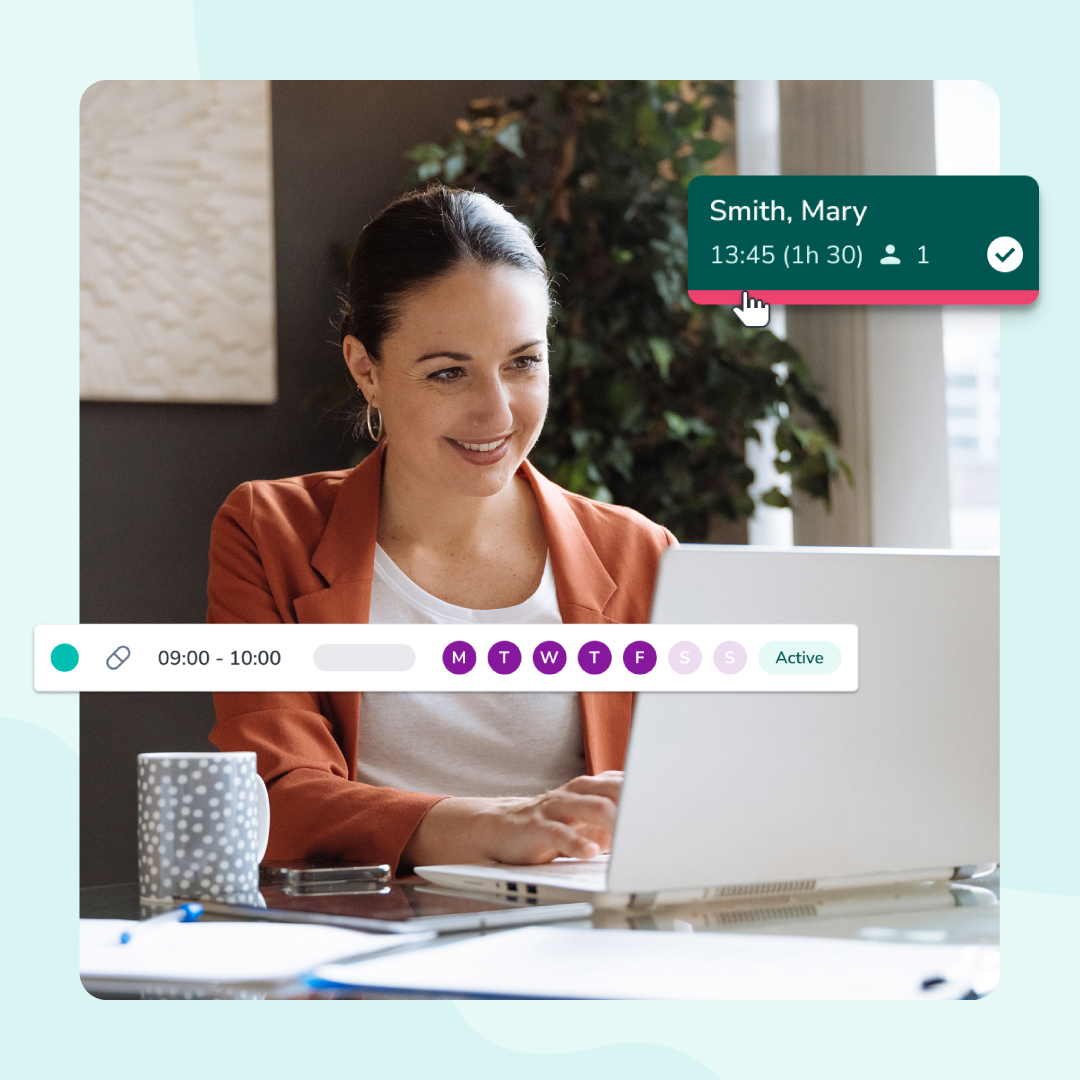Transitioning to new software like CareLineLive can seem like a daunting task, especially after being accustomed to the same software (or paper-based records) for an extended period. However, if you are part of a forward-thinking organisation that values innovation and is enthusiastic about providing employees with tailored software solutions, the process can be seen as an opportunity for growth.
The success of a digital transformation largely depends on how well end users embrace the change, making proactive planning a critical element. By taking a proactive approach, organisations can effectively prevent reactive responses to potential challenges, such as users facing obstacles in adjusting to unfamiliar technologies.
Planning change
It is essential to conduct a comprehensive evaluation of all potential options when formulating a transition and adoption project plan. Depending on the size of the organisation, you may have access to a specialised team. Alternatively, you may belong to a small or recently established organisation, necessitating a distinct transition strategy. One aspect remains clear: the success of transitioning to a new platform hinges on having a dedicated team or individual managing the project.
Facilitating change
In order to facilitate change effectively, it is crucial to pay attention to the finer details. The key to success does not solely rely on the software itself; rather, it lies in enabling change through the influence of single individuals. Ultimately, change occurs on a personal level within an organisation, underscoring the significance of initiating change gradually.
Valuable consultation
Before selecting new software, it is crucial to engage with users to understand their preferences and identify the functionalities that align with business requirements. While this process may seem intricate, it is essential to distinguish between “must-have” features and those that would be considered as additional benefits. Listing out the ‘need to have’ versus the ‘nice to have’ features is a helpful first step as no software platform will have everything (although some, including CareLineLive, will have a healthy development pathway and ways of accommodating customer requests).
Properly engaging with functionality alignment is an important process in software selection and will enable employees to contribute to the future direction of the business. Ultimately, we hire individuals for their valuable input, skills and experience, not to confine them within set boundaries.
As well as considering functionality alignment you will also want to consider aspects such as cost and value, the way pricing is structured, security accreditations and external validations, what is offered by way of compliance assistance and various other questions on technical specifications, bugs and updates. You can watch our 30 minute webinar on the topic here.
Change management
Ideally, your teams should wholeheartedly embrace the idea of adopting new software to enhance their productivity. Transition is a continuous journey that progresses towards its completion, emphasising the significance of consistent communication and feedback throughout the process. Several pivotal objectives are essential for accomplishing successful organisational change:
- Developing an awareness of the necessity for change
- Cultivating a genuine desire to change
- Acquiring the necessary knowledge to facilitate successful change
- Possessing the capability to adapt
- Reinforcing the fundamental elements and intricacies of the change
CareLineLive supporting transition and data migration
The support team at CareLineLive possesses extensive experience in assisting organisations of all sizes. They have devised a streamlined onboarding process tailored to each organisation’s size and needs. The primary goal is to foster independence, while it is essential to highlight that our support team remains readily available to aid customers whenever needed.
Large organisations typically have complex structures. At CareLineLive, we place a high priority on engaging with key decision-makers to grasp the company’s values, vision and organisational framework. We ensure effective collaboration with the appropriate individuals by furnishing them with role-specific information and a comprehensive platform overview. This entails a thorough examination of their team dynamics to ascertain the most suitable onboarding strategy. Subsequently, we implement a “train the trainer” model, supported by a well-defined guidance funnel, connecting teams with our support team for further assistance.
Role-specific training frequently encompasses activities like creation and configuration. Generally, these duties are managed by system administrators and finance personnel. Upon completion of these subjects, additional training is unnecessary.
- Contracts
- Booking types
- Roles and permissions
- Requirements, including training
- Journal categories
- Client/carer reviews
- Existing call monitoring
- Overview of provided care
- User accounts
- Existing data
We offer assistance by providing templates that detail the data suitable for import. Organisations can choose to transfer their current data to the CareLineLive platform either through imports or by handling the process internally. The latter option provides organisations with sufficient time for data cleansing, a practice we highly recommend to guarantee the availability of precise and polished data on CareLineLive.
Moving forward on the CareLineLive journey
For new customers, a minimum of three onboarding training sessions are provided with additional sessions available upon request. Training resources are accessible for your trainers to ensure well-organised and productive training sessions. Following the training completion, we offer support by actively engaging in an online meeting during the organisation’s initial training sessions with their teams. Trainers are then equipped to autonomously lead training sessions with confidence, knowing that the CareLineLive support team is on standby to provide any necessary assistance.
Some companies might lack an internal training team or the necessary resources to train individual trainers. In such cases, we provide training for entire teams, utilising our highly effective three onboarding training sessions. That’s why it’s essential to kick things off with the initial CareLineLive meeting to plan out the training and support structure.
Finally, our support team is always available for our customers which we complement with a variety of helpful resources, including videos and written guides. In the last six months (to 30 June 2024) over 80% of customer queries have been resolved with this ‘self-serve’ content. To find out more about CareLineLive, follow this link and book a free no-obligation demo today.



